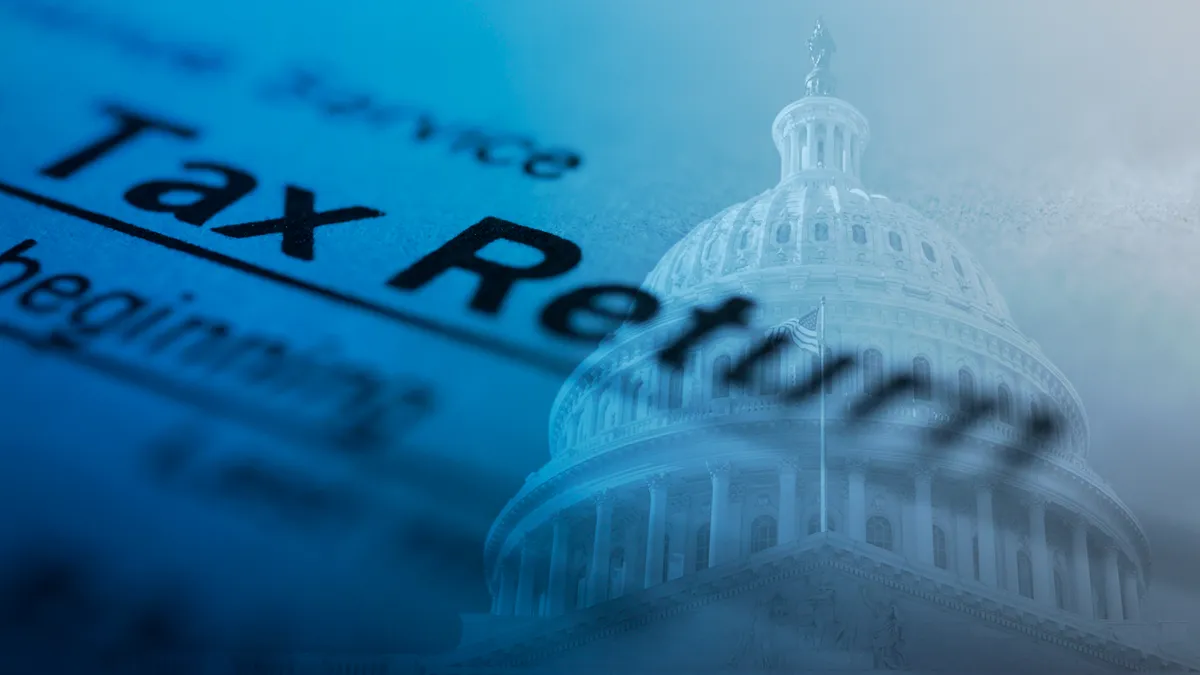Dive Brief:
- Employers that provide paid family and medical leave can be eligible for a new tax credit under the 2017 Tax Cuts and Jobs Act for the 2018 and 2019 tax years, the U.S. Department of the Treasury announced. Employers can be qualified retroactively for the tax year in which they established or updated a paid leave policy.
- Guidance on the credit clarifies how it's calculated, which includes the application of special rules and limitations. Only paid family and medical leave provided for employees who earned $72,000 or less in the previous year qualify for the credit.
- "Delivering relief to hardworking taxpayers and their families was a central goal of the Tax Cuts and Jobs Act," said Treasury Secretary Steven Mnuchin in the statement. "We expanded and strengthened paid family and medical leave, which are investments in the future of our workers, families and country. By enhancing the benefits of this tax credit, we help empower working parents to pursue their careers while balancing their demands at home."
Dive Insight:
Proposals for such a tax credit have been in the works since the GOP tax bill paved that way for it in late 2017. Employers can receive a credit worth as much as 25% of an employee's wages if that employee is paid more than 50% of their wages while out on family or medical leave, according to guidance from the Treasury.
While this credit is an employer-friendly incentive, it may come as little relief to employers coping with a patchwork of paid leave policies. Currently, 10 states and more than 30 localities mandate some type of paid sick leave, with different leave duration, accrual, use and reporting requirements. The result is a broader expanse of compliance demands for HR. However, some solutions have been floated in the form of federal legislation.
Paid leave was one of the top issues at the Society for Human Resource Management's (SHRM) annual conference this year, pointing to the necessity for solutions in the space. SHRM is a supporter of the Workflex bill, which offers employers a safe harbor from the varied state and local laws if they offer a minimum threshold of paid leave and flex time for every employee, Lisa Horn, director of congressional affairs at SHRM, previously told HR Dive.













